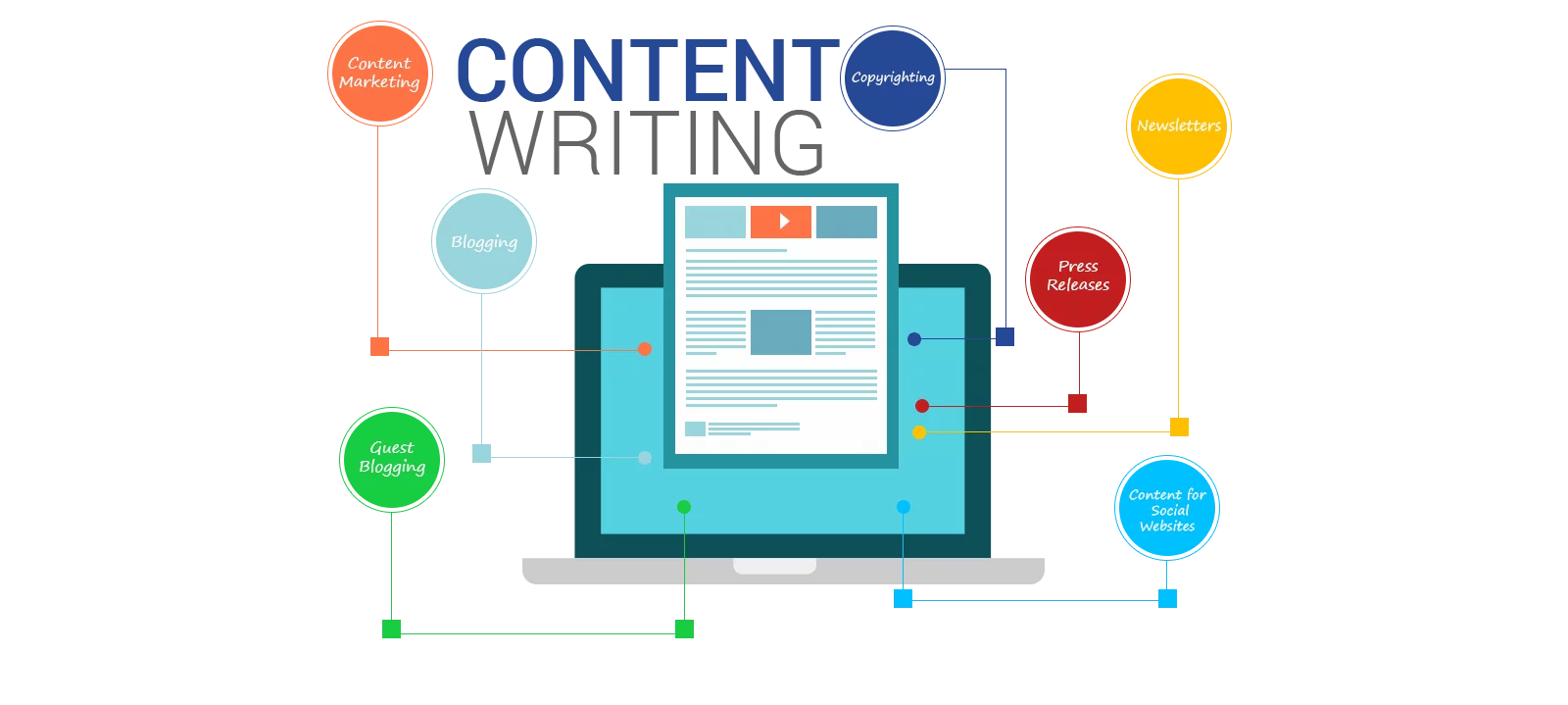
Is Ai Detector Real: Can I Trust an AI Detector?
In recent years the rapid advancement of artificial intelligence has introduced a variety of AI-powered tools designed to make our lives easier and also more efficient, and more secure. Among these innovations are AI detectors—tools that identify AI-generated content and human-generated content. With the growing use of AI in content creation then marketing and communication, the question arises: Are AI detectors reliable? Can we trust these tools to accurately detect AI-generated content from human-generated text? In this blog, we explore the realism of AI detectors, their functionality then reliability and potential applications and limitations.
What Are AI Detectors?
AI detectors are algorithms or software programs to determine whether artificial intelligence has been created; actually these are used to detect whether your content is authored by AI. These innovators make their decisions using a variety of techniques, including natural language processing (NLP) then machine learning and pattern recognition. The primary goal of an AI detector is to detect telltale signs of AI-generated content, which may include certain linguistic patterns and also statistical irregularities, or specific stylistic markers unique to machine-generated text.
An example of some AI detectors:
- 1. Quilbote
- 2. Scribbr
- 3. Content at scale
- 4. GPTzero
- 5. Originality.ai
How Do They Work?
The working mechanism of AI detectors involves training on vast datasets that include both human and AI-generated content. By learning from these datasets, an AI innovator can identify features that represent AI creation. Here see one example, AI-generated text may exhibit a certain level of consistency and also use specific vocabulary sets or lack the subtle variation found in human writing. Advanced AI detectors use deep learning models to improve their accuracy and continue to improve as they are exposed to more data. Now that it's become easier for everyone to create content using AI real content writers are suffering so it works like a CBCID to detect the punches written by AI.
The Reliability of AI Detectors
It is worth noting that the accuracy of AI detectors varies widely depending on many factors, such as the technique of the detector, the quality and diversity of the training data—and the complexity of the AI generating the content. Although some detectors boast high accuracy rates also it is important to know that no AI detector is infallible. False positives and false negatives can occur, meaning the detector may misidentify human-written content as AI-generated and vice versa. Commonly used by writers and Content Writing Services providers, AI Detector is often not used as many companies have better writers like World India.
Factors Influencing Reliability

Some of the factors that affect reliability are given below for you:
- 1. Training Data Quality
- 2. Advancements in AI
- 3. Detector Sophistication
Applications of AI Detectors
We hope you are ready to see the applications of AI detectors in a little more detail
Content Moderation
Now you should know when one of the primary applications of AI innovators is content measurement. Platforms that rely on user-generated content, such as social media sites, forums, and review sites, can use AI detectors to detect and filter out AI-generated spam and also fake reviews or misinformation, a factor that is now increasingly needed. Then actually this helps maintain the integrity of the site and ensures that users interact with authentic content.
Academic Integrity
In the world of education, AI detectors are becoming more and more important to maintain academic integrity, if you can't believe it, watch the following content carefully. Educators and institutions can use these tools to identify AI-generated essays or assignments, thereby ensuring that students submit original work. Then it helps in maintaining academic standards and discourages unfair practices.
Publishing and Journalism
In publishing and journalism AI detectors can help verify the credibility of articles and reports, and now it's doing its job. With the rise of AI-generated news articles and opinion pieces, these tools will help editors and publishers identify whether content is crafted by a human journalist or (AI) also ensuring transparency and authenticity.
Challenges and Ethical Considerations
Let us now elaborate on the challenges and ethical considerations
Privacy Concerns
Indeed the use of AI detectors raises important privacy concerns. Analyzing content to determine its origin involves examining text at a granular level that may inadvertently reveal important or private information. Then it is important to ensure that AI innovators operate within ethical boundaries and respect user privacy.
Bias and Fairness
AI detectors like all AI systems, are susceptible to biases in their training data. If the training data contains biased examples the detector may produce skewed results then flagging certain types of content disproportionately and addressing these biases is essential to ensure fair and accurate detection.
Dependence on AI
As we increasingly rely on AI detectors, we risk over-reliance on these tools because while they are incredibly useful, you should first know that they should not completely replace human judgment. Combining AI detection with human supervision can help mitigate errors and ensure balanced decision-making.
Future of AI Detectors
Next we are going to see a detailed report on the future of AI innovators, which will surely help you in the future.

Continuous Improvement
We all know that the future of AI innovators lies in continuous improvement. Keep in mind that as AI technology advances, detectors must evolve to keep pace. Ongoing research and development then combined with larger and more diverse datasets, will improve the accuracy and reliability of these tools.
Integration with other technologies
AI detectors are likely to be integrated with other technologies to create more comprehensive solutions in the future. Here one example for you combining AI detection with blockchain technology provides a secure and transparent way to verify content authenticity, improving trust.
User education
Educating users about the capabilities and limitations of AI detectors is critical—as many don't have detailed knowledge of them now and will definitely have more extensive experience in the future. By understanding how these tools work and where they might fall short, users can make more informed decisions and use AI detectors as part of a broader strategy for content verification.
Conclusion
Finally we hope you have a better understanding now that we have seen the detailed content about Ai Detector through the blog. A good content should be completely human written and the result should be 0% when analyzed by Ai Detector. If your business needs great human content, our content writers have great experience as a content writing company so they have a thorough understanding of AI Detector.
